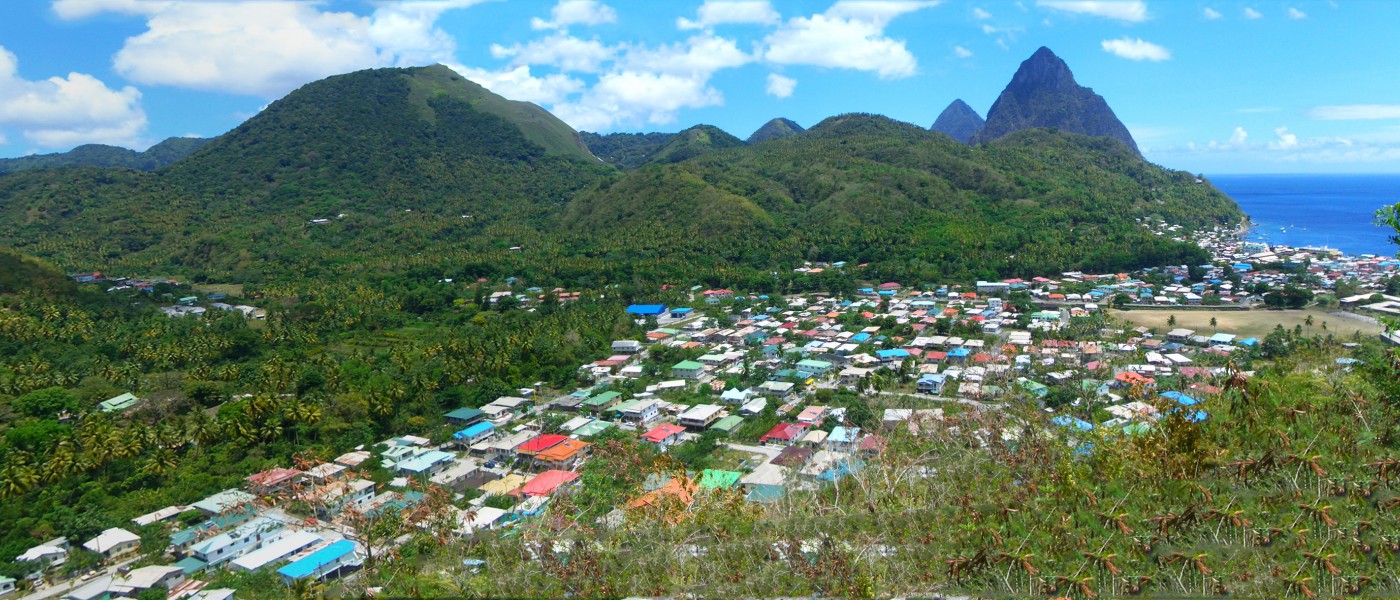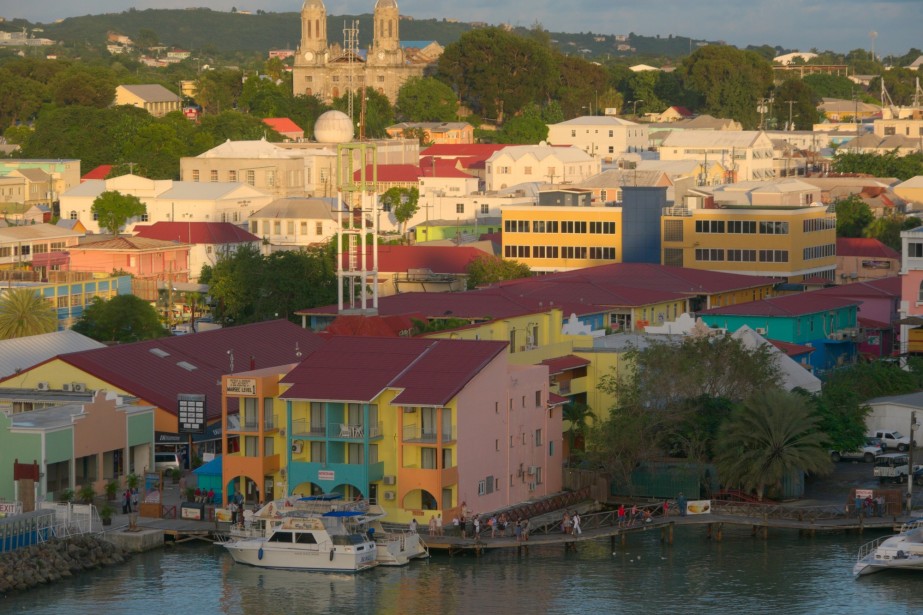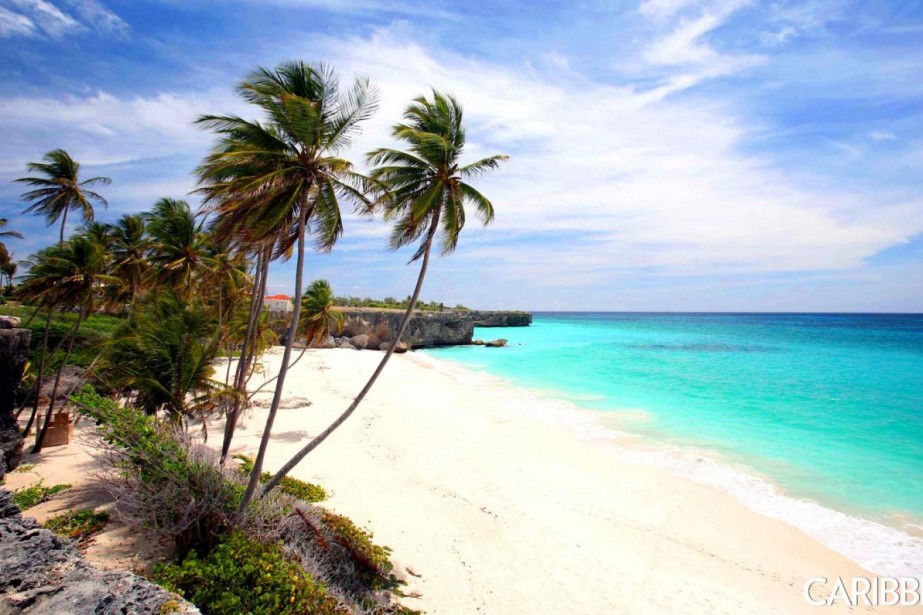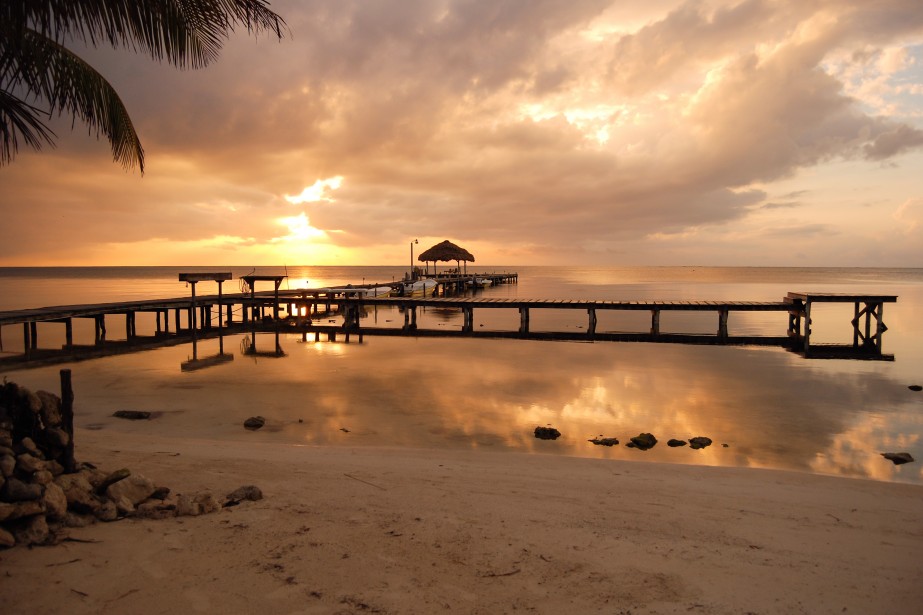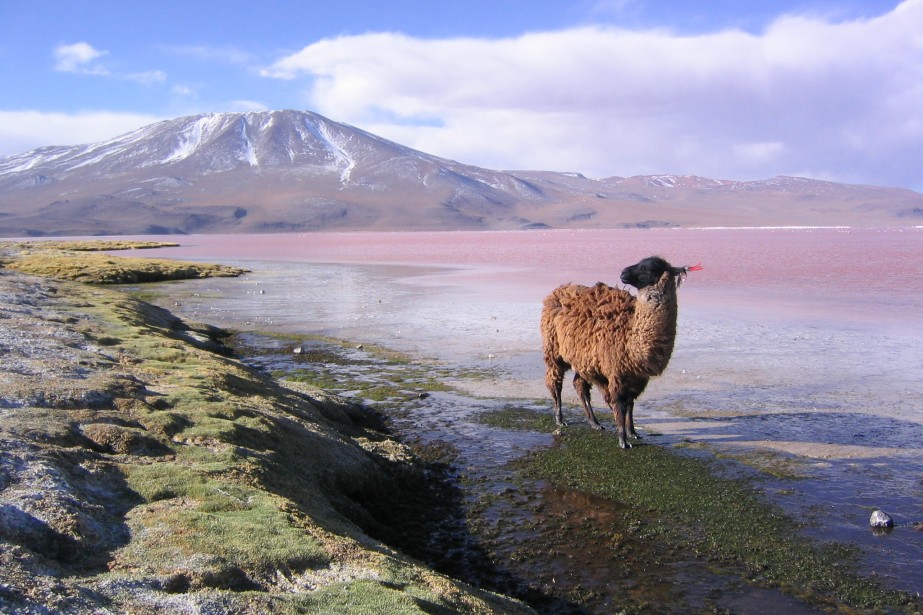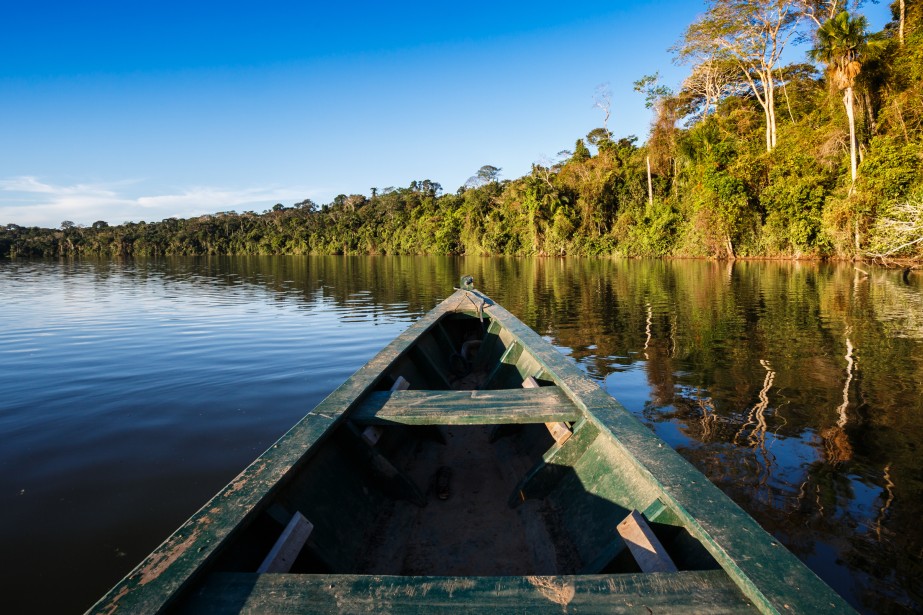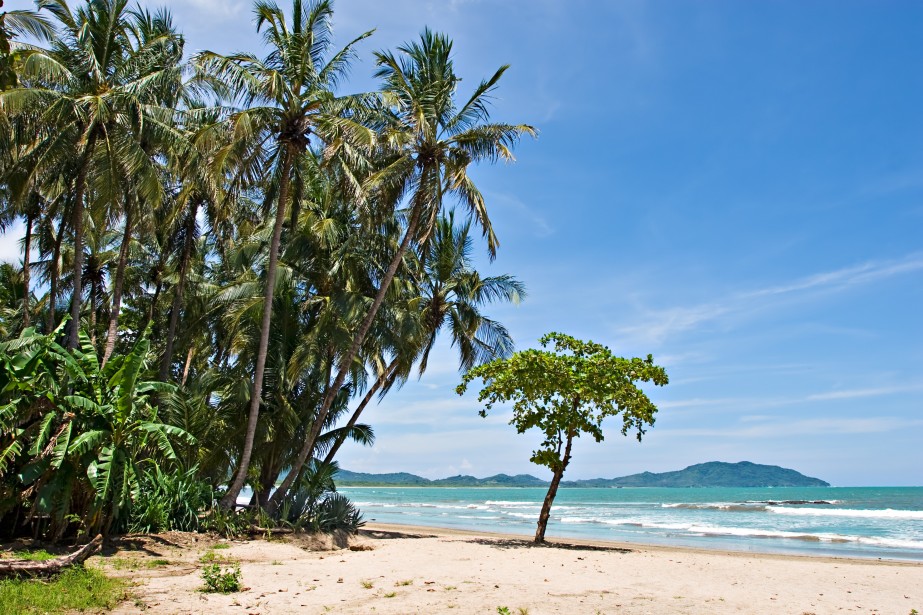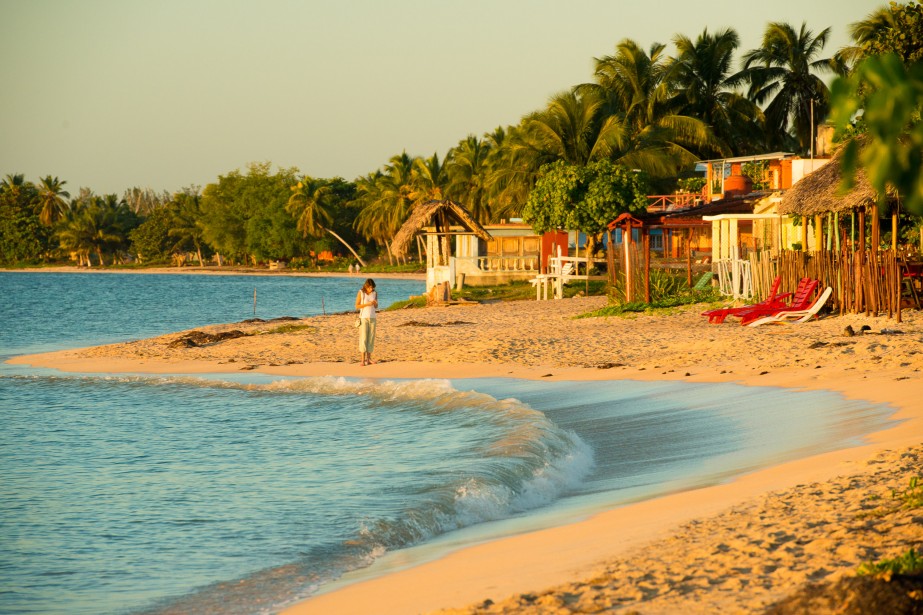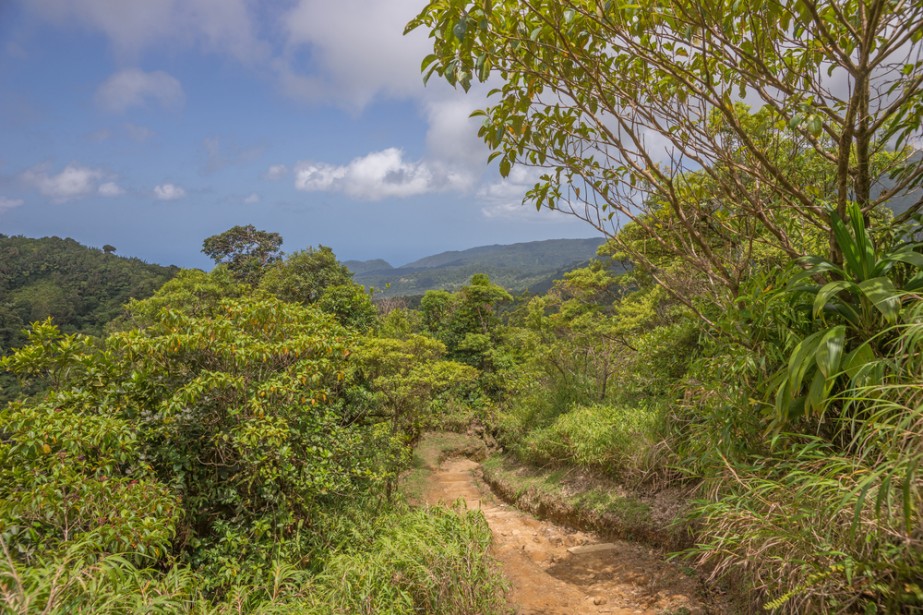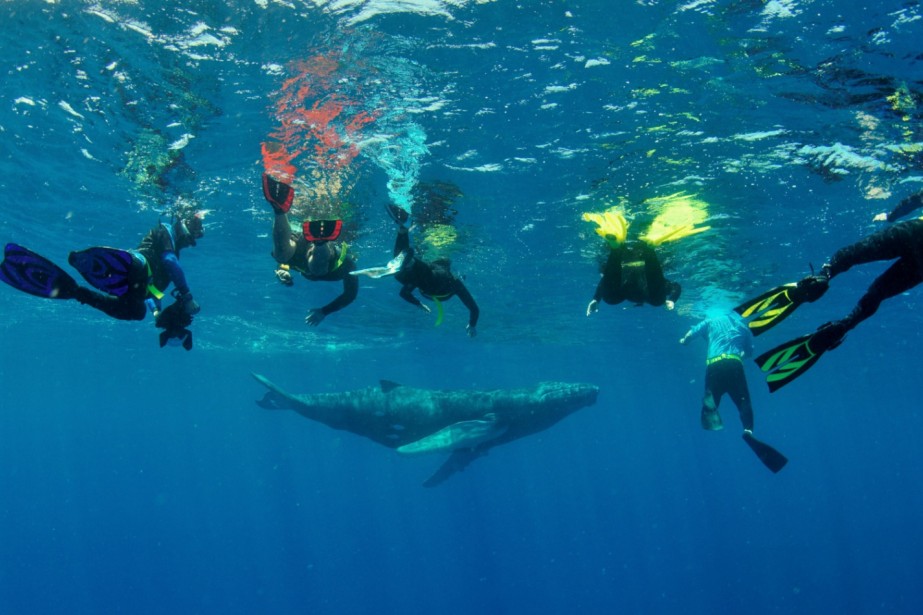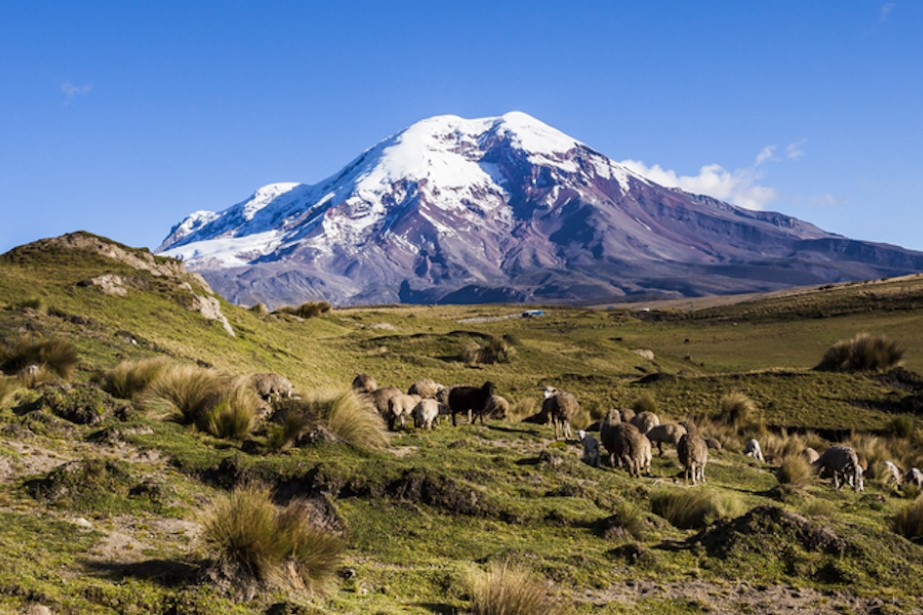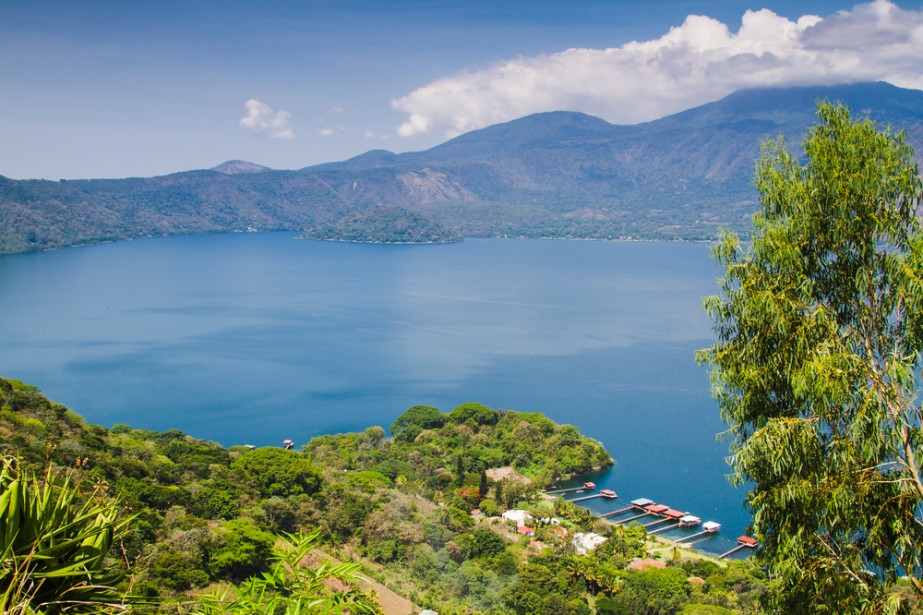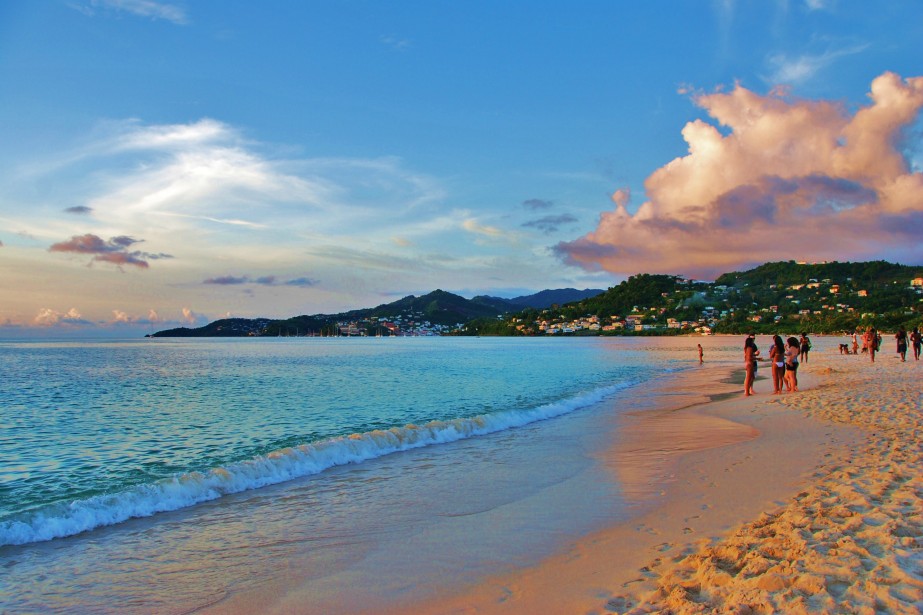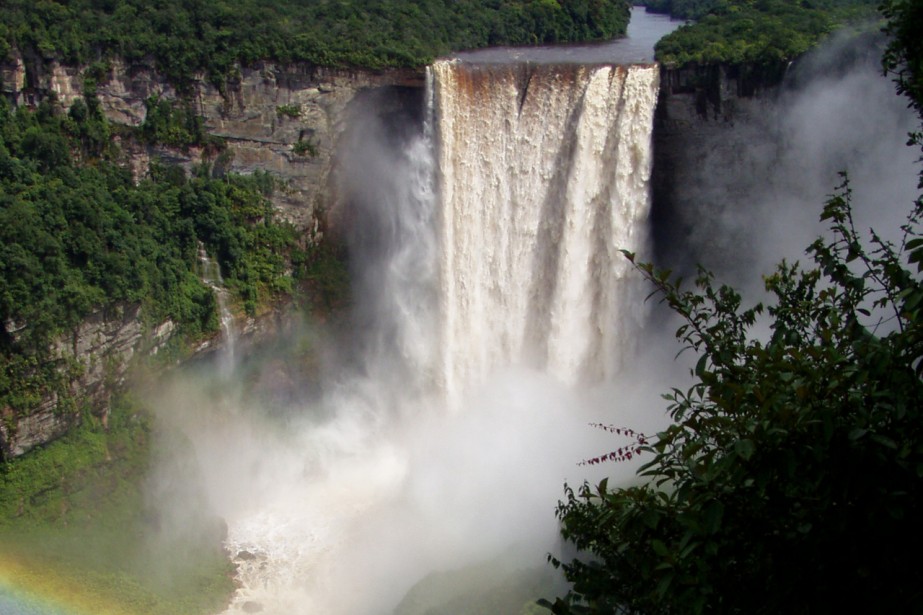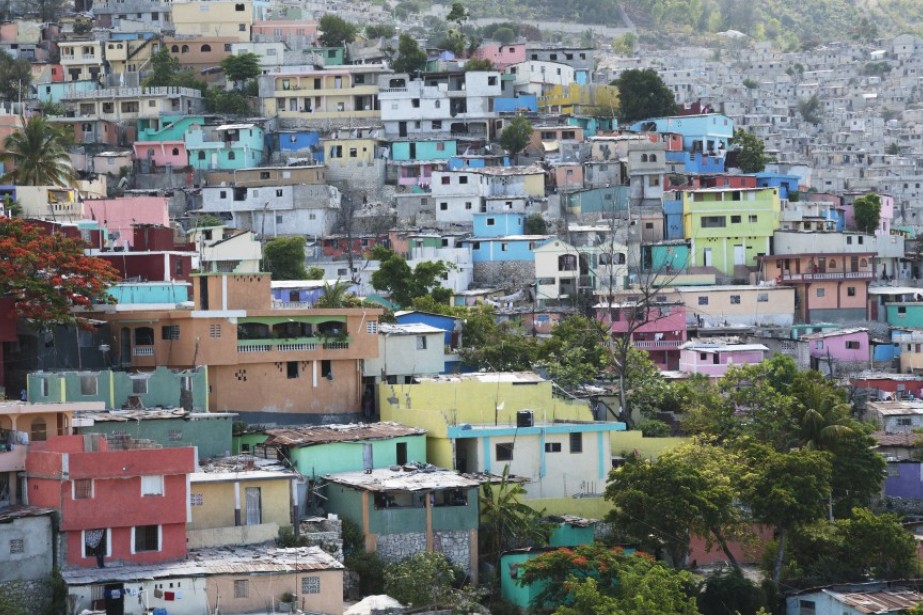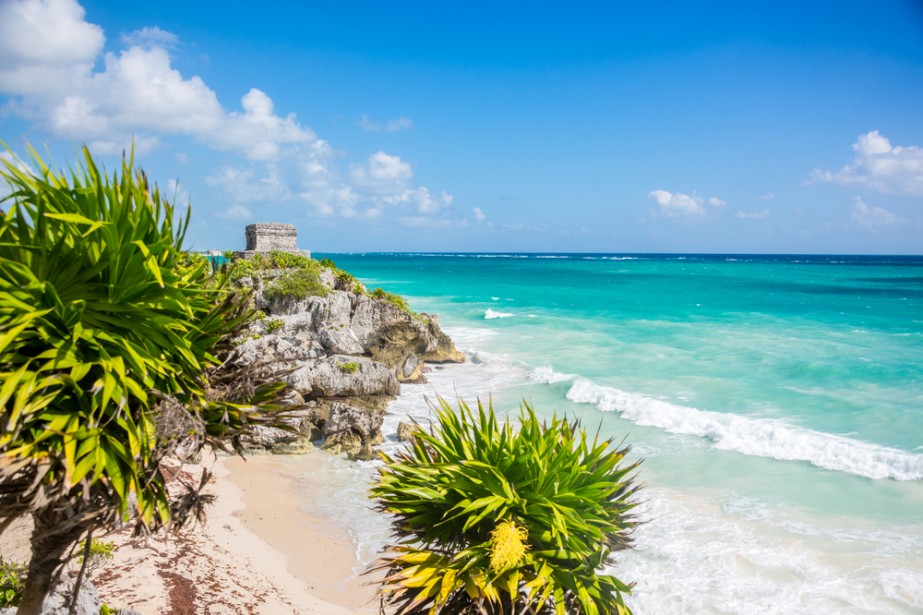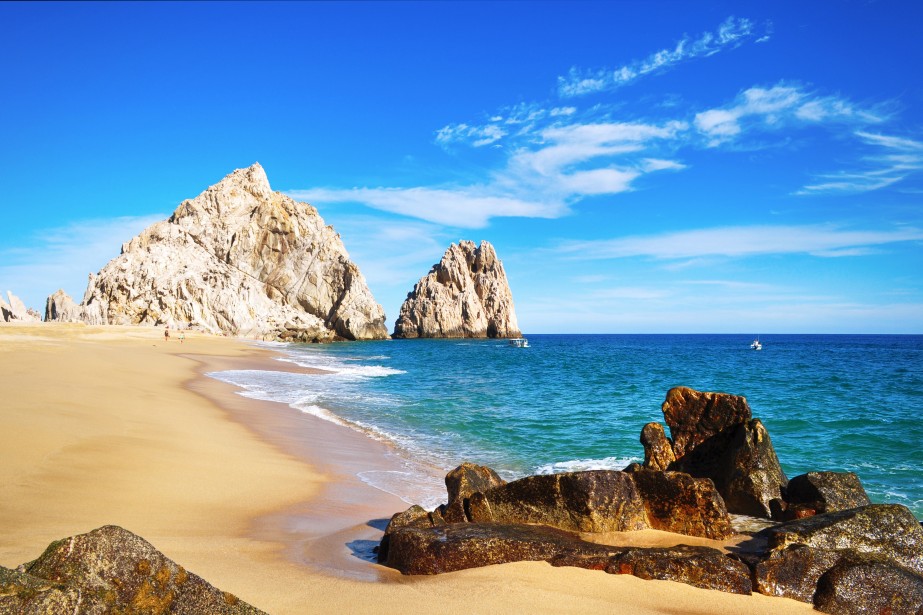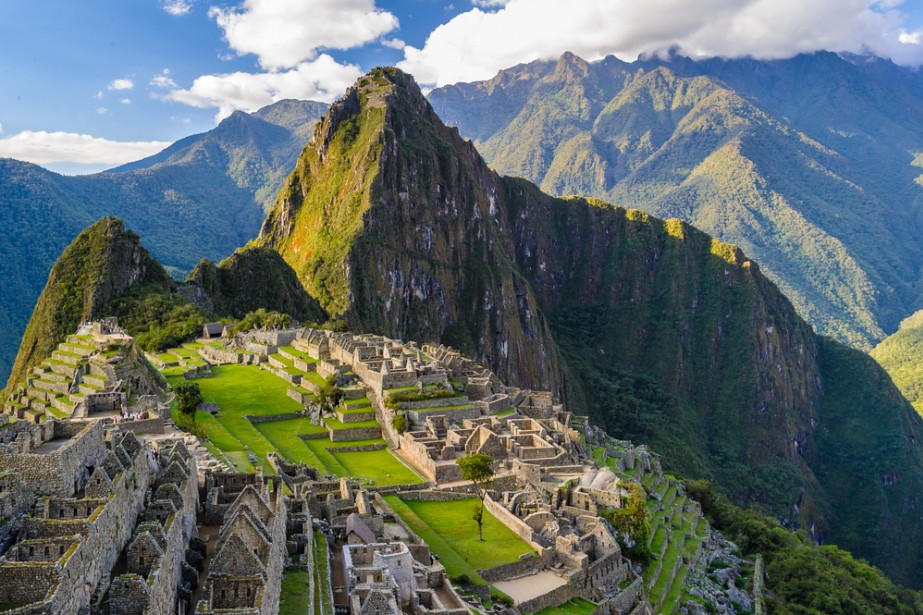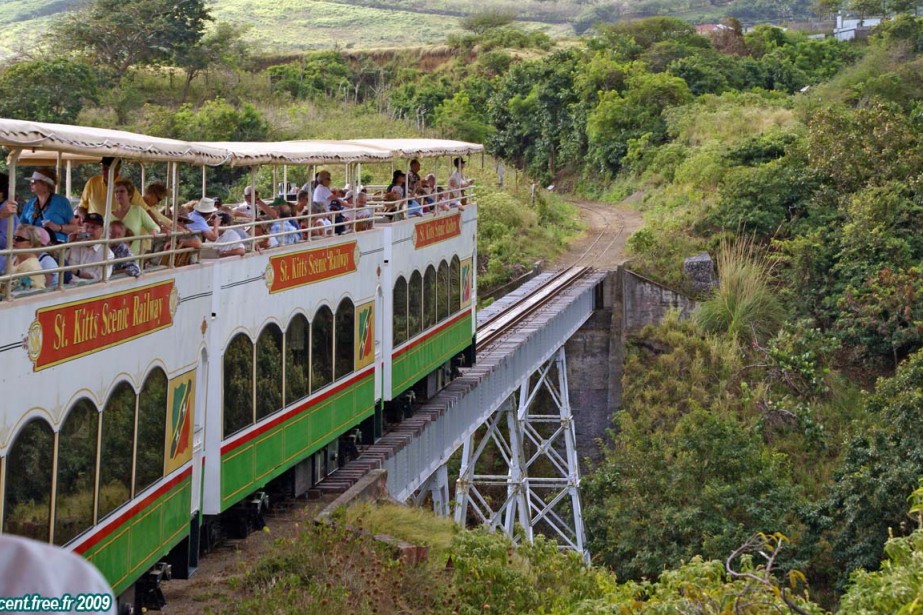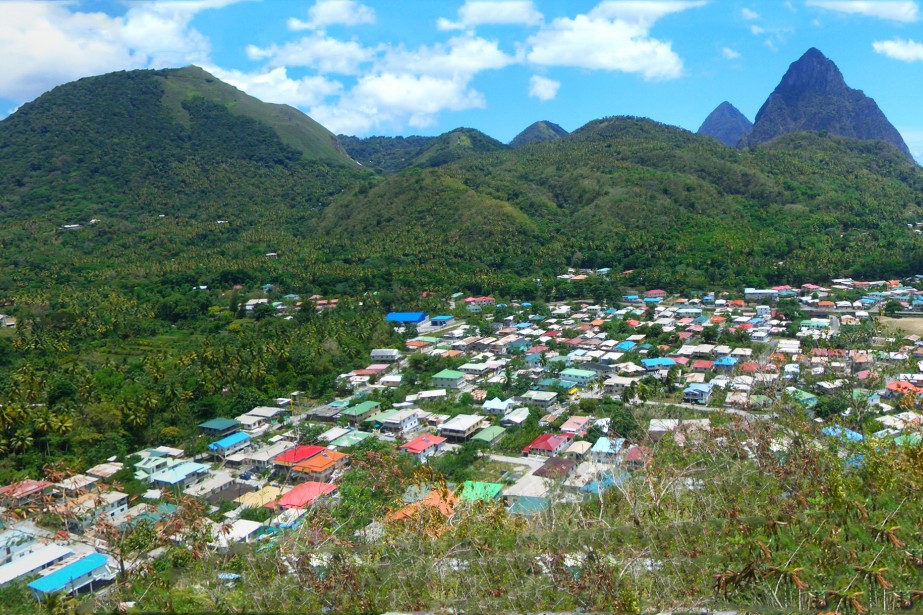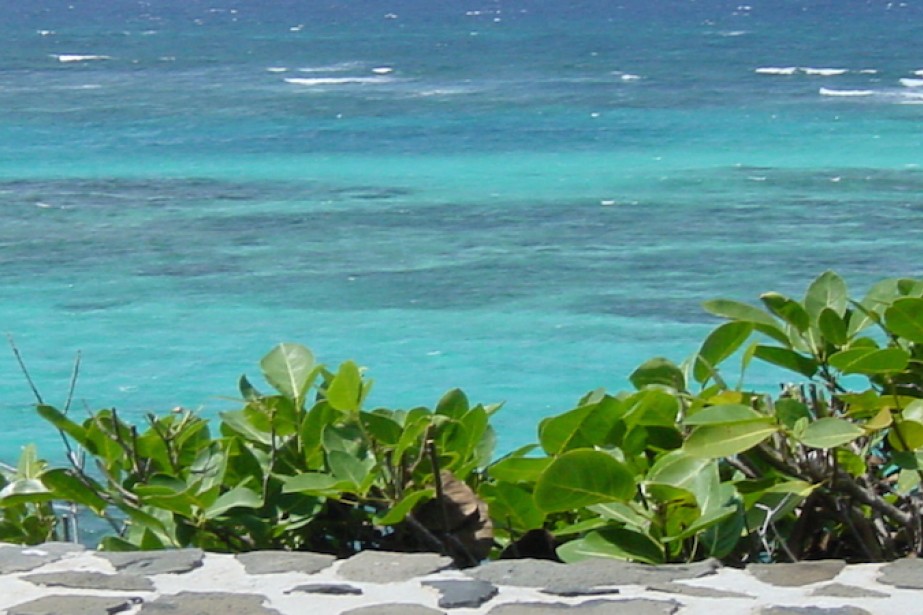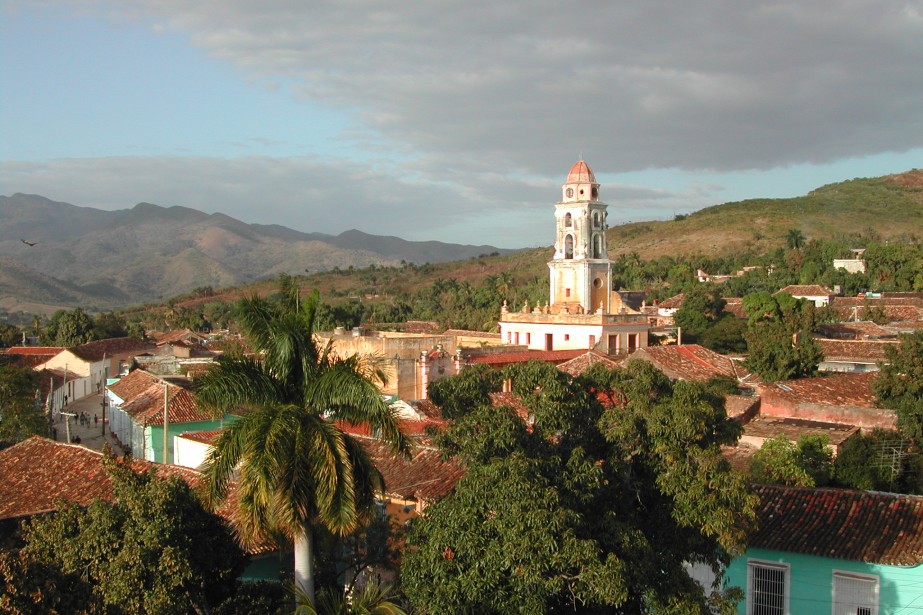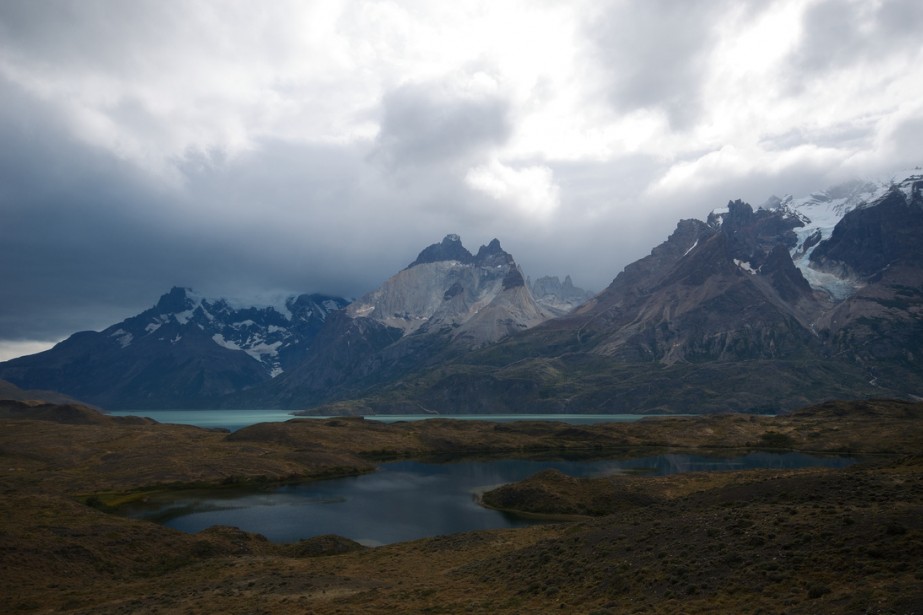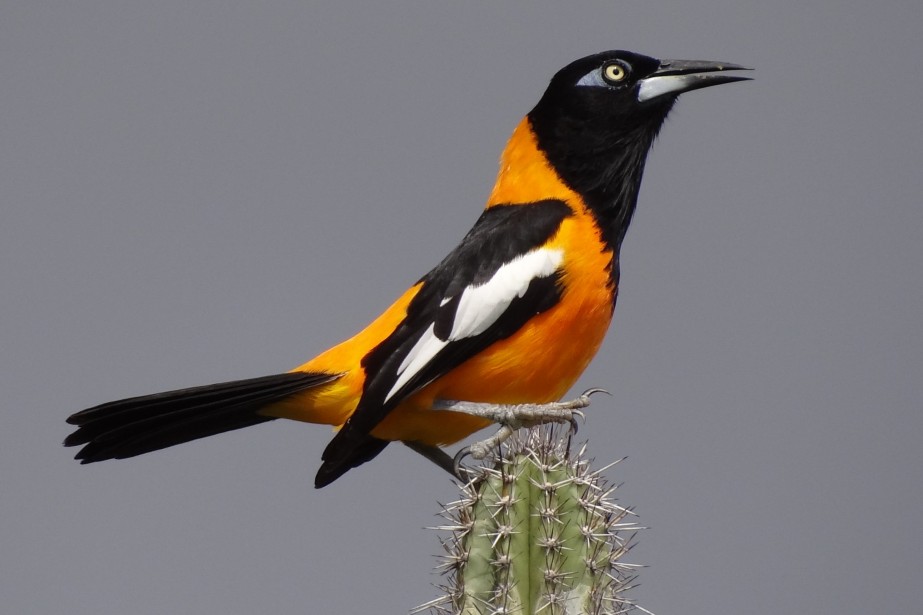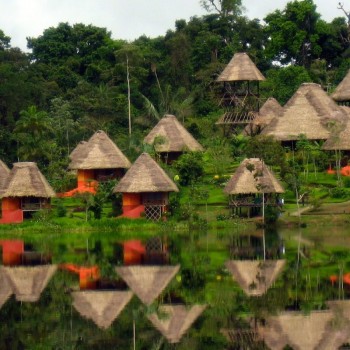Submitted by Carie Williams on November 17, 2015
Overview
St. Lucia is located in the Lesser Antilles south of Martinique in the Eastern Caribbean. The island is 238 square miles of beautiful landscape with a population of just over 163,000. The turbulent nature of its settlement history earned the island its early nickname of “Helen of the West Indies”.
The Arawak people migrated from South America and were the first substantiated inhabitants of the island. The warrior culture later joined the Arawaks on St. Lucia and controlled the island before the first European camp was established around 1600 by the Dutch. A handful of years later, the English started a settlement that was unsuccessful due to disease and difficulties with the Caribs. The remaining settlers left after only being on the island a little over a month.
St. Lucia was claimed by the French in 1635, but did not establish any settlements on the island. Four years later, the English again tried to establish a settlement and again were unsuccessful. The first successful permanent settlement was founded by the French in 1643. Twenty years later, the English attempted to claim the island, but once again left rebuked by disease and conflict with the French.
The island changed possession between the English and French governments 14 times over the course of history, a battle waged over control of the lucrative sugar industry developing on St. Lucia. The French finally ceded possession to the English in 1814. Another 165 years passed before the people of St. Lucia achieved independence.
Today it is a sovereign state and member of the Commonwealth of Nations. The country recognizes Queen Elizabeth II as the Head of state but is governed by its own parliamentary democracy. Volcanic in origin and nature, the topography is more mountainous that other Caribbean islands. Approximately 32% of the population is centered around the capital city of Castries on the northwestern shore.
When to Travel
Like other tropical climates near the equator, the temperature variation between winter and summer is minimal. The northeast trade winds assist in moderating the climate. Annual temperature averages 82°F. The driest months are usually December through May and the wettest is June through November, parallel with the hurricane season. August is the rainiest month, but the majority of rain is often contained to the rainforests.
The peak travel season occurs during the driest months. Crowds are often more dense and rates higher. This is an excellent time to meet a variety of people, both local and international guests. Options for dining and services are at their best this time of year, as is the weather.
July through November is the most affordable time to travel to St. Lucia. Not only will you save a ton on room fees, but also have an opportunity to experience two of the best festivals on the island. The Lucian Carnival spans the months of June and July. The biggest festival hosted on the island, visitors will be amazed at the display of celebration, color, and music.
Late August brings the Festival of the Rose, also known as Lawoz. A designated king and queen, along with their royal entourage, preside over the festivities and lead a theatrical street procession. The impressive display is intertwined with both historical, mythical, and modern social elements. Learn the story of Rose and enjoy the invigorating performances at this festival.
May through June is frequently thought to be the sweet spot for travel to St. Lucia. Rates are better than during peak season, though not as affordable as during the low season. The weather is also still on the dry side. One of the best parts of visiting this time of year is the St. Lucia Jazz & Arts festival. This spectacular event occurs in late April through early May and is a celebration of music, art, culture and cuisine.
Cuisine and Drinks
With the early impact of the British and French cultures on the island, it is no wonder the cuisine also finds these two intertwined. East Indian flavors have also made their mark on the Lucian food scene. Macaroni pie is an island favorite. This simple dish, Scottish in origin, is most often an open pie of baked macaroni and cheese.
Seafood is, of course, a staple of the St. Lucian diet. As are the various indigenous fruits and vegetables. This includes bananas, mangoes, tangerines, avocado, and breadfruit. The national dish is green figs and salt fish. This savory dish combines garlic, onions, celery, and peppers with unripe bananas and salt fish. The fig in the title actually refers to the bananas. All sautéed together, this is quite a hearty dish.
Other proteins found in the dishes of St. Lucia include chicken back and pig tail. Bouyon is one dish that often offers pig tail as the star of the show. Combined with red beans, coconut milk, a variety of vegetables, spices, and dumplings, this one pot dish is both flavorful and comforting.
Bread in St. Lucia can be baked or fried and is referred to as bakes and floats. It is similar to an English muffin, but lacks the density and chewiness of these cousins. Filling, often fish, is frequently added to floats or bakes and sold as street food. Jam may be added for breakfast versions. The result is a very satisfying snack or light meal.
Tropical fruits are the stars of beach drinks on the island. These juices combined with rum distilled locally is a must-have for any visitor. Also be sure to try the local beer, Piton, which is a favorite of locals and tourists alike. Locals recommend drinking your Piton as a shandy mixed with ginger or lemon flavors. You can also keep it simple and stick to coconut milk. You can drink it right from the husk.
Popular Sights
Rodney Bay Village – The pirates of the early 1700s have been replaced by a wealth of activities and fun. Located in northwest St. Lucia, you can find everything you may want in one place. Restaurants, cafes, shops, and nightlife are all packed into this area. The Treasure Bay Casino offers 30,000 square feet of excitement.
Morne Coubaril Estate – Have some fun on the zip line course then take a stroll through a real St. Lucia plantation at this fun stop. You can watch how sugar cane syrup is made, among other educational demonstrations, all in an old-style village setting. Saunter through the botanical gardens or take a short hike for incredible views of a volcano. Don’t forget to stop for a delicious creole lunch right on the Plantation House property.
Rainforest Sky Tram Ride – Hold your breath and jump on board an open-air gondola for a once in a lifetime ride through the canopy of the St. Lucia rainforest in Babonneau. The tour is over an hour long and is a unique opportunity to see both flora and fauna. Beverages are supplied for the ride and snacks available at the Hummingbird Café.
Captain Mike’s Sport Fishing, Whale Watching, & Pleasure Cruises – For the true sea adventurer, Mike’s has everything you need. This family run business has been operating in St. Lucia for over 60 years. If you dream of catching a blue marlin or long to see a whale spouting on the horizon, don’t miss this stop.
Practical Info
The official currency of St. Lucia is the Eastern Caribbean Dollar. The US dollar is also accepted on the island in most places and is locked into an exchange rate of $1US to $2.70EC. Major credit cards are also widely accepted at hotels, restaurants, and shopping areas.
Electricity is usually the 220 volt European standard with 3 pin square plugs. Some hotels offer 110 volt American standard plugs. Adapters are often offered at hotels, but being prepared for either option is a good idea.
The official language on the island is English, although many locals speak a French Creole referred to as Patois. This mix of the French and West African languages not only the colloquial language, but present in both literature and music.
Ground transportation in the form of minibuses serve majority of the island. Most run longer hours on the weekends than through the week. Fares are cheap, but there is no schedule to follow. Taxis are a more reliable way of navigating and exploring the island. Distinguished by the red TX designation on the license plate, simply hail one and you’re off.
Car rental is also a transportation option. To drive in St. Lucia you will need a local driver’s license. These can be obtained at the airport, the local police station, or through your car rental agency. Driving on the island occurs on the left, in the British style.
The water on St. Lucia is safe to drink and bottled water available if that is your preference. Should you encounter a need for medical attention, there are five medical facility options on the island. All hotels have a doctor available and most offer first aid facilities. Specific immunizations are not generally required for travel to St. Lucia, but Hepatitis A, Polio, and Typhoid are recommended.
Sources
https://en.wikipedia.org/wiki/Saint_Lucia
http://stlucianow.com/
https://www.cia.gov/library/publications/the-world-factbook/geos/st.html
http://www.weatherbase.com/weather/city.php3?c=LC
http://caribya.com/st.lucia/food/

